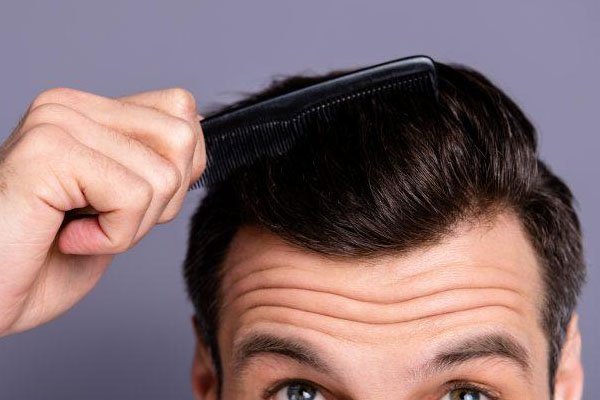Dr Sahil Singla is a leading surgeon for Hair transplant in East Delhi. This is a surgical procedure that aims to fill the hairless area with the person’s own hair, be it from the neck, chest or back. This procedure is usually indicated in cases of baldness, but it can also be done in cases of hair loss due to accidents or burns, for example.
In addition to treating the lack of hair on the scalp, the transplant can also be done to correct flaws in the eyebrow or beard.

The hair transplant in East Delhi is a simple procedure, performed under local anesthesia or sedation and that guarantees long-lasting and satisfactory results. The price depends on the area to be filled and the technique to be used, and can be done in one day or two consecutive days, when the area is larger.
How is done
Hair transplantation can be done using two techniques, FUE or FUT:
- FUE, or Follicular Unit Extraction, is a technique that consists of removing the follicles one by one, with the aid of surgical equipment, and also implanting them one by one directly into the scalp, for example, being ideal for treating small regions without hair . This technique can also be performed by a robot operated by an experienced professional, which makes the procedure more expensive. However, recovery is faster and the scars are less visible and the hair covers them easily;
- FUT, or Follicular Unit Transplantation, is the most suitable technique for treating larger areas and consists of removing a strip of the scalp, usually the nape, in which follicular units are selected and placed in the scalp in small holes that are made in the transplant recipient area. Despite being a little cheaper and faster, this technique leaves a scar a little more visible and the rest time is longer, being allowed to return to the practice of physical activities only after 10 months of the procedure.
Both techniques are very efficient and guarantee satisfactory results, and it is up to the doctor to decide with the patient the best technique for the case.
Usually the hair transplant is performed by a plastic surgeon in Delhi, under local anesthesia and light sedation and can last between 3 and 12 hours, depending on the size of the area that will receive the transplant, and, in the case of very large areas, the transplant is performed on two consecutive days.
Preparation for transplantation
Before the transplant, the doctor must order a series of tests to assess the person’s general health, such as chest X-ray, blood count, echocardiogram and coagulogram, which is done to check the person’s blood clotting ability and, thus, check bleeding risks.
In addition, it is recommended to avoid smoking, consume alcohol and caffeine, cut your hair and use anti-inflammatories, such as Ibuprofen or Aspirin, for example. It is also indicated to protect the scalp to avoid burns and wash the head well.
How is the postoperative
After the hair transplant in East Delhi, it is normal that the person has no sensitivity in the area where the follicular units were removed and in the area where the transplant took place. Therefore, in addition to the doctor prescribing medicines to relieve pain, he can also advise the person to avoid exposing the transplanted area to the sun, to avoid burns.
It is also advisable to wash your head at least 3 to 4 times the day after the surgery and, then, move on to 2 washes a day during the first two weeks after surgery, using a specific shampoo according to the medical recommendation.
If the transplant was done with the FUE technique, the person can now return to the routine, including exercising, 10 days after the transplant, as long as he does not perform activities that put a lot of pressure on the head. On the other hand, if the technique was FUT, it may be necessary for the person to rest, without performing exhausting activities, for more or less 10 months.
The risk of hair transplantation is the same as that of any other surgical procedure, and there may be a higher risk of infections, chance of rejection or bleeding. However, when performed by a qualified and experienced professional, the risks are minimized.
When hair transplantation is indicated
Hair transplantation is usually indicated in case of baldness, however it can also be indicated in other cases, such as:
- Alopecia, which is the sudden and progressive loss of hair from any part of the body. Learn more about alopecia, causes and how treatment is done;
- People who used hair growth medications in one year and did not obtain results;
- Hair loss due to burns or accidents;
- Hair loss due to surgical procedures.
Hair loss is caused by a number of factors, which may be due to aging, hormonal changes or genetics. The transplant is only indicated by the doctor if the person has a good amount of hair in the potentially donor area and has good health conditions.
